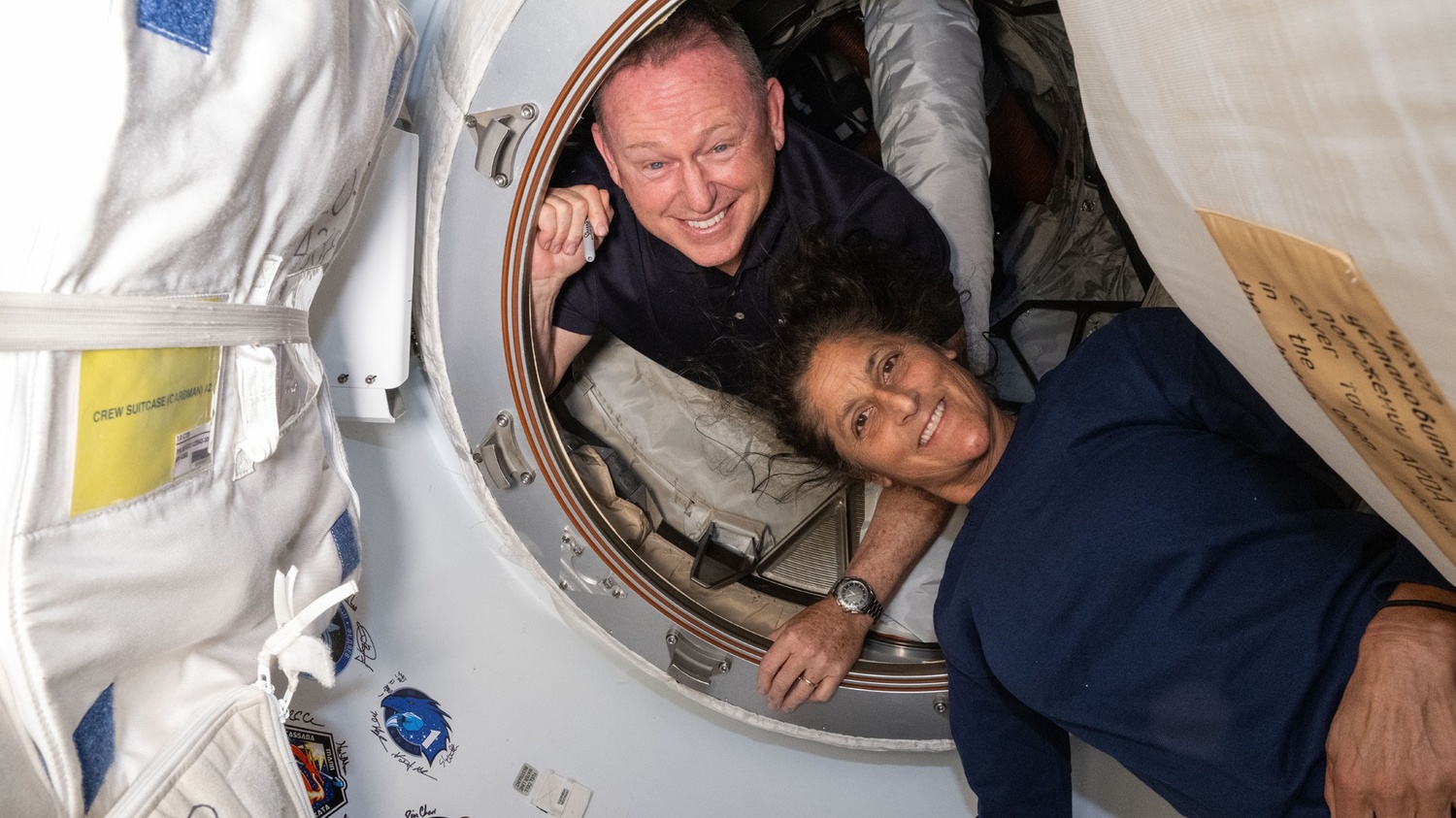Amidst tabloid speculations of the declining health of Sunita Williams and Butch Wilmore, NASA has stepped in to rebut the claims and reassure the public about the good health of the astronauts.
2024 was proven unfruitful for Boeing amidst multiple safety concerns about its planes and ongoing lawsuits. In current news, its nightmares have also gone beyond our atmosphere with the company facing delays in the return of astronauts Suni Williams and Butch Wilmore.
In early June, Boeing launched both astronauts aboard its Starliner spacecraft for an intended eight-day test flight to the International Space Station (ISS). Its mission was to attest that the spacecraft had the capabilities for future crewed missions – a feat that following events proved unsuccessful.
Due to technical issues such as helium leaks and thruster failures, the eight-day trip dragged into a nine-month delay in the return of its astronauts who are currently aboard the ISS. This setback would mean that both of them would spend a total of approximately 240 days in space. Amidst the heightened logistical tension, more fuel has been added to the fire with medical professionals coming forward with concerns for the health of both astronauts, particularly Williams.
In recently published pictures, her appearance, according to the doctors appeared ‘gaunt’ with a ‘sunken’ face, further inferring that she was underweight or unwell. Following these reports, many proceeded to question how the unplanned length of the mission had affected the physical condition of the astronauts.
Medical professionals highlighted multiple causes for the health risks they thought the astronauts faced, with microgravity being mentioned frequently. Microgravity, colloquially called ‘zero gravity’ or ‘zero-g’ is when objects appear to be weightless and is what allows astronauts to float freely in space.
Effects of this condition on the body include muscle atrophy, loss of bone density, and cardiovascular changes due to the lack of muscle usage in zero-g, causing it to weaken. This is often why astronauts cannot walk immediately upon their return, as their muscles need to calibrate to Earth’s gravitational forces and regain their strength.
Another concern was the increased radiation exposure. Due to its composition and sources, space radiation is far more fatal than that of terrestrial. The cumulative effects of being exposed to radiation in space through a mission as long as Williams and Wilmore’s increases the likelihood of cancer development years later.
Moreover, a study discovered that due to radiation exposure, astronauts may experience the effects of degenerative tissue diseases, similar to patients undergoing high-dose radiotherapy.
Medical professionals are concerned that even after their return, prolonged exposure to microgravity and radiation may cause irreversible long-term damage to the physical condition of the astronauts.
Upon the tabloids grabbing NASA’s attention, the space agency came forward to refute the concerns of the public. The organization’s chief health and medical officer Dr. J.D Polk stated that the astronauts were in ‘outstanding health and in good condition’.
He stressed that NASA is keeping track of the exercise and nutrition regimen of both Williams and Wilmore with regular medical evaluations by dedicated flight surgeons.
Williams herself came forward to clarify the doubts in her physique. She mentioned that her weight has not changed since she arrived at the ISS. To strengthen their muscles and cardiovascular system from the effects of microgravity, NASA apparently has provided a strict regimen for both astronauts to stick to.
Williams added that the ‘gaunt’ appearance is purely attributed to fluid shift. This phenomenon occurs when liquids in the body are redistributed due to the lack of gravity. She underscored that the physical changes observed in her are a result of adaptation to life in space and zero-g, effectively ruling out any hearsay.
This situation has yet again reflected the impact of media speculation. Such conjectures have not just led to public anxiety but also misconceptions about the risks associated with space travel. Even though astronauts are exposed to unpredictable situations in space, there are protocols in place that are rarely discussed.
With weeks to go until a scheduled return in February, NASA has reiterated its commitment to the health and well-being of its astronauts.
Logistical complications aside, this situation serves as a reminder of the complexities of space travel and the profound impact that information, accurate or not, has on public perception.

















